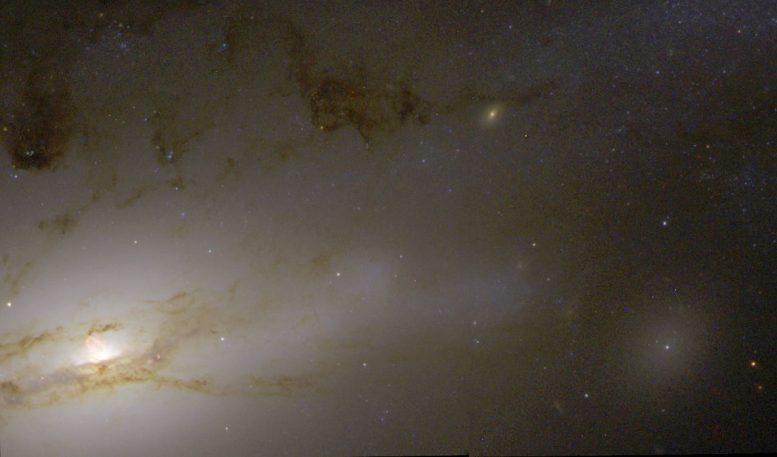
A monstrous black hole’s rude table manners include blowing huge bubbles of hot gas into space. At least, that’s the gustatory practice followed by the supermassive black hole residing in the hub of the nearby galaxy NGC 4438. Known as a peculiar galaxy because of its unusual shape, NGC 4438 is in the Virgo Cluster, 50 million light-years from Earth.
These extremely hot bubbles are caused by the black hole’s voracious eating habits. The eating machine is engorging itself with a banquet of material swirling around it in an accretion disk (the white region below the bright bubble). Some of this material is spewed from the disk in opposite directions. Acting like high-powered garden hoses, these twin jets of matter sweep out material in their paths. The jets eventually slam into a wall of dense, slow-moving gas, which is traveling at less than 223,000 mph (360,000 kph). The collision produces the glowing material. The bubbles will continue to expand and will eventually dissipate. Credit: NASA/ESA, Jeffrey Kenney (Yale University), Elizabeth Yale (Yale University)
Astronomers use quasars in a technique known as Delta-Differential One-Way Ranging to help achieve precise navigation of spacecraft in deep-space.
Deep-space missions require precise navigation, in particular when approaching bodies such as Mars, Venus, or a comet. How precise?
It’s necessary to pinpoint a spacecraft 100 million kilometers from Earth to within 1 km. To achieve this level of accuracy, ESA experts use ‘quasars’ – the most luminous objects known in the Universe – as beacons in a technique known as Delta-Differential One-Way Ranging, or delta-DOR.
Quasars are fascinating objects that can emit 1000 times the energy of our entire Milky Way galaxy. This prodigious luminosity originates from a region only about the size of our Solar System. They are fueled by supermassive black holes – which might be billions of times as massive as our Sun – feeding on matter at the center of their host galaxies.
The image shows one such quasar galaxy, NGC 4438, 50 million light-years from Earth.
Because quasars are extremely bright and distant, they can be used as reference points for spacecraft navigation.
In the delta-DOR technique, radio signals from a spacecraft are received by two separate ground stations, one, say, in New Norcia, Australia, and one in Cebreros, Spain, and the difference in the times of arrival is precisely measured.
Next, errors due to the radio signals passing through Earth’s atmosphere are corrected by simultaneously tracking a quasar – the coordinates of which are precisely known.
“For delta-DOR to work, the quasar and the spacecraft should be within 10º as seen from Earth,” says Markus Landgraf, from ESA’s Mission Analysis team.
“There are around 200,000 quasars known in the Sloan Digital Sky Survey, and almost any of them are potential candidates to be used in delta-DOR tracking.”
Once the location of the spacecraft derived from the ground stations is compared to the known location of the quasar, engineers can apply corrections, delivering a significantly more accurate fix on its position.
“Quasar locations define a reference system. They enable engineers to improve the precision of the measurements taken by ground stations and improve the accuracy of the direction to the spacecraft to an order of a millionth of a degree,” says Frank Budnik, a flight dynamics expert at ESA.
Using the results of the delta-DOR processing together with the range and Doppler measurements, which are also derived from the spacecraft signals received on the ground, ESA can achieve an accuracy in spacecraft location of just several hundred meters at a distance of 100,000,000 km (62,000,000 mi).

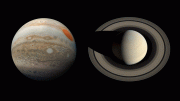
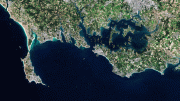
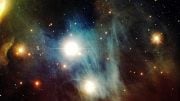
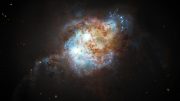
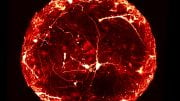
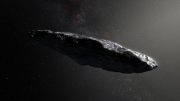


Keep posting the cool stuff 🙂 Thanks!
That’s got to be the next best thing after the sextant and gps.
Impressive and inspiring